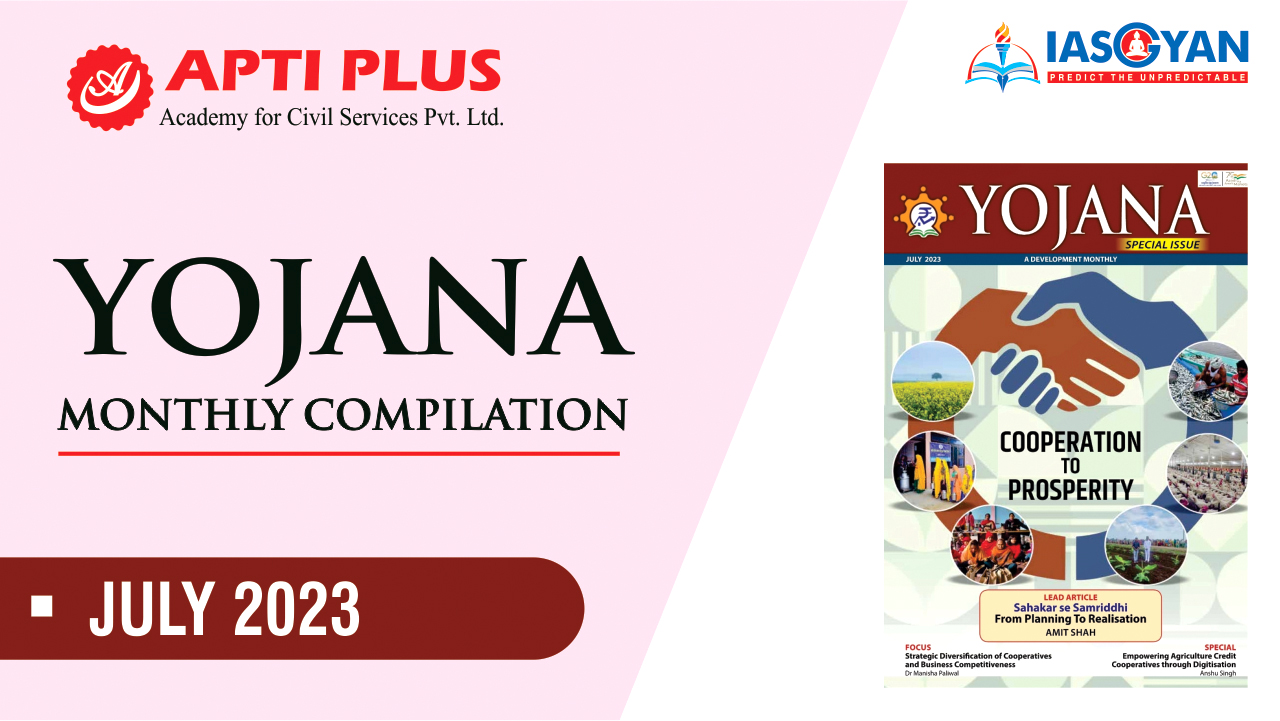Description

Copyright infringement not intended
Context: The State Legislative Assembly of Kerala unanimously passed a resolution urging the Central government to officially change the name of the state from 'Kerala' to 'Keralam.' This indicates strong support for the proposed name change among the state's representatives.
Details
- The Kerala State Legislative Assembly resolution seeks a constitutional amendment to reflect 'Keralam' in place of 'Kerala,' aligning the official name with the state's Malayalam identity. Chief Minister formally presented the resolution under Rule 118, highlighting the systematic legislative process.
- The linguistic variation is evident, where 'Keralam' is accepted in Malayalam but 'Kerala' is commonly used in official records, particularly English documents.
- The resolution invokes Article 3 of the Constitution, addressing the alteration of existing state names, boundaries, and areas, underscoring the legal framework.

Article 3 of the Constitution of India
About
- Article 3 of the Indian Constitution outlines the provisions for the formation of new states and the alteration of areas, boundaries, or names of existing states. This article empowers the Parliament to make decisions regarding the territorial and administrative divisions of the country.
Key Provisions
- Formation of New States: Parliament's power to create new states or reorganize existing ones is a significant aspect of Article 3. This provision allows for the establishment of new states by either:
- Separating territory from an existing state to form a new state.
- Uniting two or more states or parts of states to create a new state.
- Uniting any territory with a part of an existing state to form a new state.
- Altering State Boundaries: This provision empowers Parliament to modify the area and boundaries of existing states. This might be necessary due to geographical changes, population distribution, or other administrative reasons. It includes the authority to both increase and decrease the territory of states.
- Changing State Names: Parliament's authority to change the names of states is a reflection of the diverse linguistic, cultural, and historical aspects of India. This provision allows for the adaptation of state names to better represent the identity and heritage of the people residing within those states.
These provisions within Article 3 are designed to provide a flexible framework for the reorganization of states in India. They acknowledge the country's diverse population, languages, cultures, and historical backgrounds while ensuring that any changes are made with proper deliberation and consideration of the needs and preferences of the affected regions and populations.
Procedural Steps
- Introduction of Bill on Presidential Recommendation: A Bill concerning the creation of new states, alteration of boundaries, or changing of state names can only be introduced in Parliament if the President of India makes a recommendation. This emphasizes the involvement of the highest constitutional authority in initiating such significant changes.
- The state can also initiate the process by passing a resolution for a name change and forwarding it to the central government. The central government crafts a bill and sends it back to the state for input within a set timeframe. Once this period elapses, the president suggests introducing the bill in parliament.
- Referral to the Affected State's Legislative Body: If the proposed changes impact the area, boundaries, or name of any existing state, the President refers the Bill to the legislative body of that state. This step ensures that the state's views and interests are taken into consideration before any decisions are made at the national level.
- Expression of Views by the State Legislature: The state's legislative body is given a specific period to provide its views on the proposed changes. This time frame allows the state to thoroughly assess the implications of the proposed reorganization and share its perspective on the matter. The state’s views are not binding on the President.
- Possible Extension of Time: The President has the authority to grant additional time to the state's legislature for expressing its views. This provision acknowledges that complex decisions might require more time for careful consideration and consultation.
- Proceeding with Legislation: After the specified period (including any extensions) has passed, Parliament can proceed with the legislation. The input received from the affected state's legislature informs the decision-making process in Parliament. This ensures that the concerns, preferences, and opinions of the people directly affected by the changes are taken into account.
Overall, these procedural steps establish a balanced approach to the reorganization of states and related decisions, promoting cooperation between the central government and the affected state's government. This collaborative approach helps maintain the unity and integrity of the country while respecting the diverse interests and identities of its regions.
Significance
- Constitutional Framework for Reorganization: Article 3 serves as a constitutional framework for the reorganization of states in India. This is crucial to address various demographic, cultural, linguistic, and administrative factors that might necessitate changes in state boundaries, areas, or names. By establishing a clear and regulated process, the Constitution ensures that any such changes are made within a legal and structured framework.
- Inclusive Consultative Process: The involvement of both the central government and the state governments in the process is fundamental. This consultative approach ensures that changes aren't imposed unilaterally but are based on a thorough understanding of the local sentiments, identities, and interests. By requiring the input of the affected state's legislative body and allowing for extended discussions, Article 3 ensures that all relevant parties have the opportunity to express their views and concerns.
- Unity and Diversity: India is a country known for its diverse cultural, linguistic, and regional identities. Article 3 acknowledges this diversity and aims to balance it with the overarching unity of the nation. By allowing state boundaries, areas, and names to be modified as needed, the Constitution recognizes that the country's administrative divisions should reflect the changing dynamics of its diverse population.
- Preservation of Territorial Integrity: While providing the means for changes, Article 3 also upholds the principle of maintaining the territorial integrity of the country. Any changes made must be in line with the broader interests of the nation and the regions involved, and the Constitution ensures that no changes are made hastily or arbitrarily.
- Evolutionary Nature: The provision in Article 3 allows for flexibility in adapting to changing circumstances over time. As the country evolves, new demands and needs may arise, requiring adjustments in state boundaries, areas, or names. This adaptability helps keep the administrative divisions of the nation relevant and effective.
In essence, Article 3 plays a vital role in maintaining a balance between the unity and diversity of India while providing a democratic and participatory framework for the reorganization of states. It reflects the principles of federalism, consultation, and preservation of national unity.
Challenges and Considerations
- Balancing Aspirations: One of the main challenges is finding a balance between the aspirations of different linguistic, cultural, and regional groups. The reorganization must consider the desires and identities of various communities while maintaining overall national unity.
- Negotiations and Consultations: Addressing potential opposition and conflicts requires delicate negotiations and thorough consultations. Ensuring that all stakeholders are heard and their concerns are addressed helps mitigate resistance and fosters a more cooperative approach.
- Historical and Administrative Context: Understanding the historical and administrative context of a region is crucial for a smooth transition during reorganization. This includes considering economic, administrative, and social factors to minimize disruption and ensure effective governance.
Conclusion
- Article 3 of the Constitution stands as a cornerstone of India's federal structure, embodying a flexible mechanism for state reorganization. Its provisions reflect the nation's commitment to harmonize diversity with unity, enabling the creation of new states, alteration of boundaries, and changes in names. The consultative approach involving central and state governments upholds democratic values, ensuring diverse voices are heard. This article navigates complex linguistic, cultural, and regional aspirations, fostering an inclusive and cooperative decision-making process. In doing so, Article 3 not only safeguards the nation's territorial integrity but also exemplifies the dynamic nature of India's constitutional framework.

Must Read Articles:
RENAMING OF CITIES: https://www.iasgyan.in/daily-current-affairs/renaming-of-cities
|
PRACTICE QUESTION
Q. What is the procedural roadmap for changing the name of a state under the Indian constitution? Explore the underlying significance of such a change in terms of cultural identity and representation. Identify the challenges that can emerge during this transition and provide strategies that can be employed to address these challenges and ensure a smooth and successful transformation of the state's name.
|
https://www.thehindu.com/news/national/kerala/kerala-assembly-unanimously-passes-resolution-to-change-official-name-of-state-to-keralam/article67175490.ece










